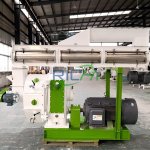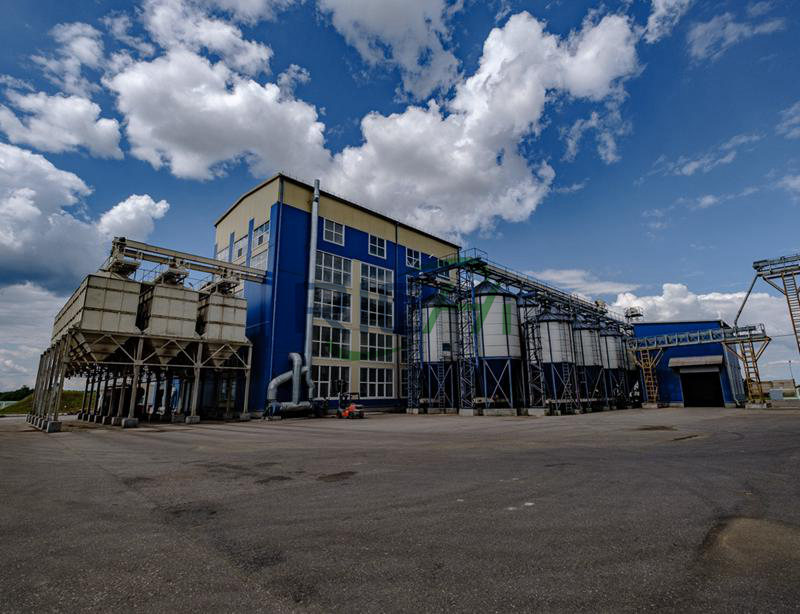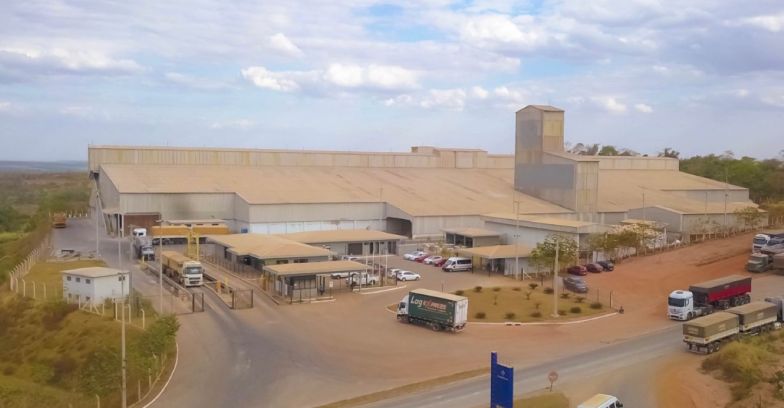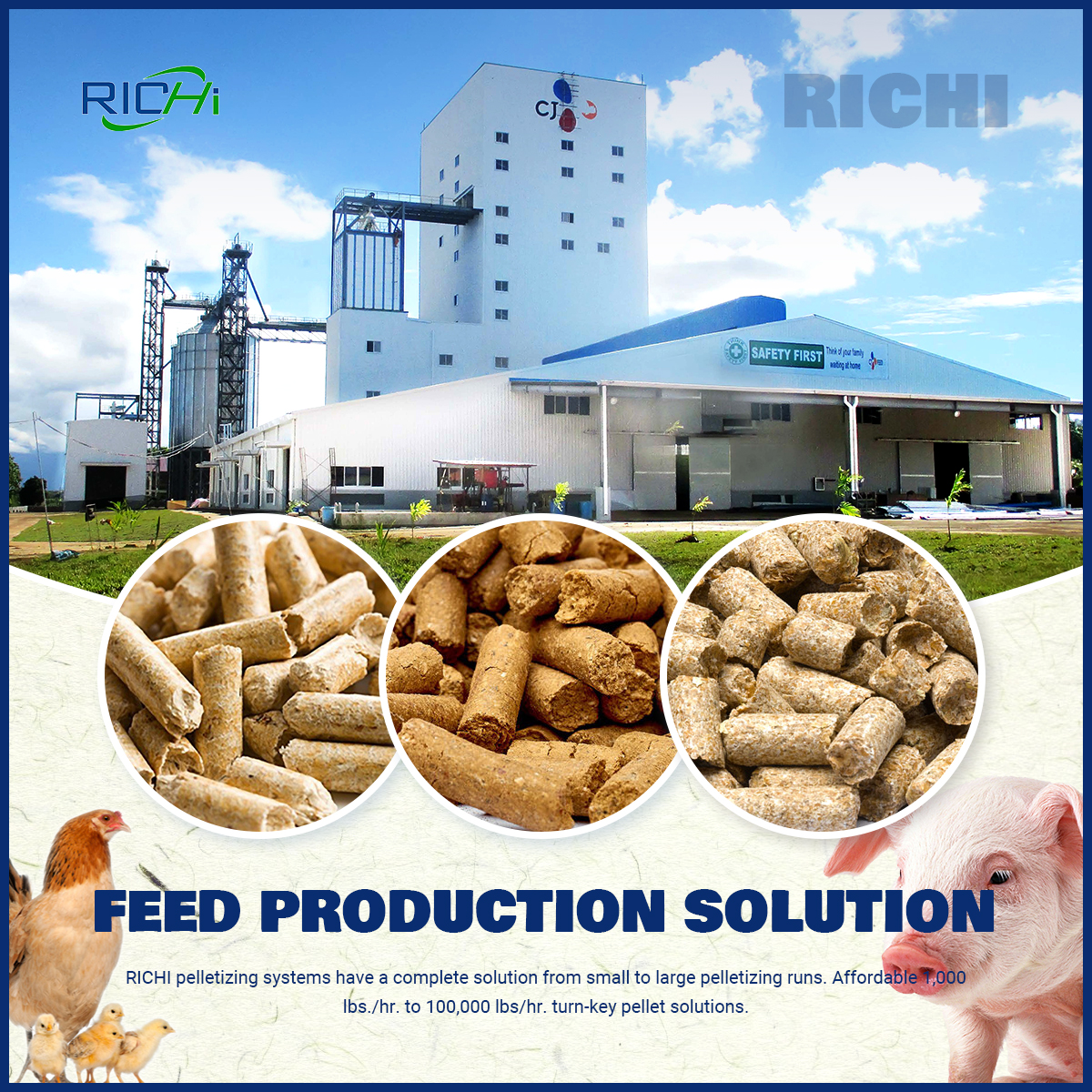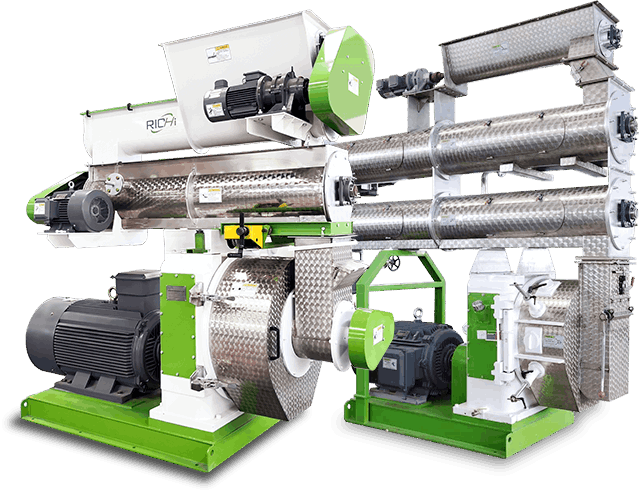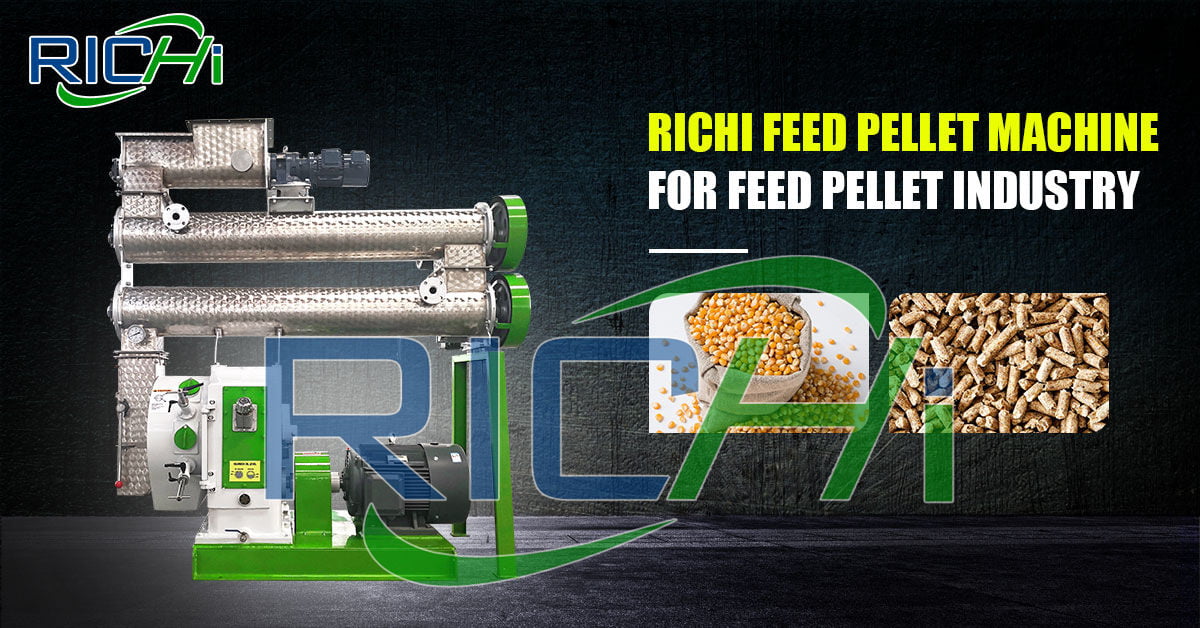Cost reduction is a crucial aspect of maintaining competitiveness and profitability in the manufacturing industry. As companies face increasing pressures from global competition, rising costs, and changing consumer demands, finding ways to reduce manufacturing plant costs has become a top priority.
Related post: https://richipelletizer.com/cattle-feed-manufacturing-plant-cost/
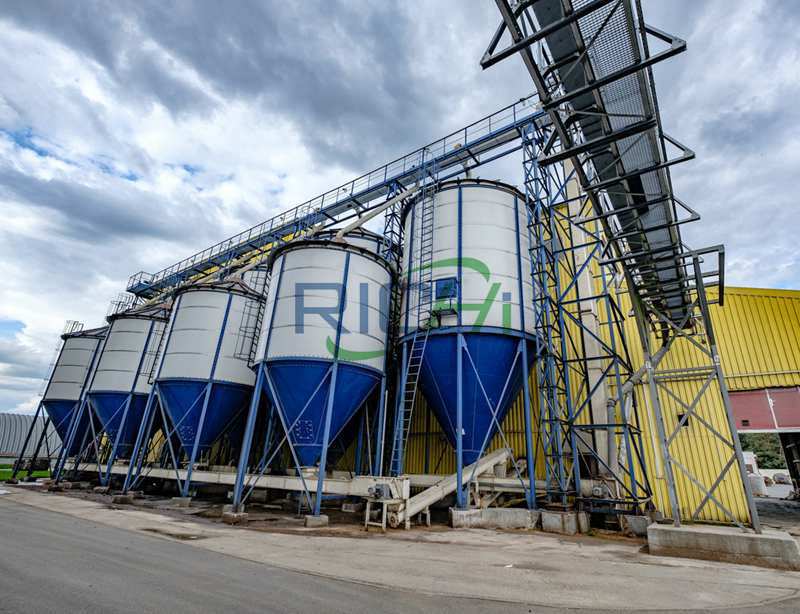

By implementing effective strategies to lower expenses without sacrificing product quality or customer satisfaction, manufacturers can improve their bottom line and stay ahead of the competition.
Conducting a Comprehensive Cost Analysis
One of the first steps in reducing manufacturing plant costs is to conduct a comprehensive cost analysis. This involves identifying all costs associated with the manufacturing process, including raw materials, labor, overhead, and other expenses.
By understanding where the money is being spent, manufacturers can identify areas for potential cost savings and develop targeted strategies for improvement.
Implementing Lean Manufacturing Practices
Lean manufacturing practices are designed to eliminate waste and improve efficiency in the production process. By streamlining operations, reducing excess inventory, and minimizing downtime, manufacturers can significantly reduce costs while improving quality and productivity.
Implementing lean practices requires a commitment to continuous improvement and a focus on identifying and eliminating inefficiencies.
Investing in Automation and Technology
Investing in automation and technology can help manufacturers reduce labor costs, improve production efficiency, and increase output. By automating repetitive tasks and integrating technology into the manufacturing process, companies can achieve higher levels of productivity and precision while reducing the risk of errors and downtime.
While there is an initial investment involved, the long-term benefits of automation and technology can greatly outweigh the costs.
Streamlining Supply Chain Processes
Streamlining supply chain processes can help manufacturers reduce costs by optimizing inventory levels, improving lead times, and enhancing supplier relationships.
By working closely with suppliers to negotiate better terms and reduce transportation costs, manufacturers can lower their overall production costs and improve their competitive position in the market. Adopting supply chain management best practices can lead to significant cost savings and operational improvements.
Optimizing Production Scheduling
Optimizing production scheduling is essential for reducing manufacturing plant costs by minimizing idle time, maximizing equipment utilization, and improving labor efficiency.
By creating a detailed production schedule that takes into account demand forecasts, production capacity, and resource availability, manufacturers can optimize their production processes and reduce costs associated with overtime, downtime, and underutilized resources.
Enhancing Energy Efficiency
Enhancing energy efficiency in the pellet production line can help companies reduce costs associated with energy consumption, improve sustainability, and meet regulatory requirements.
By implementing energy-saving measures such as upgrading equipment, improving insulation, and optimizing production processes, manufacturers can lower their utility bills and reduce their environmental footprint. Investing in energy-efficient technologies and practices can lead to significant cost savings and operational improvements.
Reducing Waste and Scrap
Reducing waste and scrap in the manufacturing process is essential for lowering costs and improving overall efficiency.
By implementing waste reduction strategies such as lean manufacturing principles, process improvements, and quality control measures, manufacturers can minimize material losses, improve product quality, and reduce rework costs.
By focusing on waste elimination and continuous improvement, companies can achieve significant cost savings and competitive advantages.
Negotiating Better Vendor Contracts
Negotiating better vendor contracts can help manufacturers lower their procurement costs, improve supplier relationships, and secure favorable terms for raw materials and components.
By leveraging their purchasing power and collaborating closely with suppliers, companies can negotiate discounts, volume pricing, and favorable payment terms that can lead to significant cost savings and operational efficiencies. Developing strategic partnerships with reliable and cost-effective suppliers is essential for reducing manufacturing plant costs and improving supply chain performance.
Training and Developing Skilled Workforce
Training and developing a skilled workforce is essential for reducing manufacturing plant costs by improving productivity, quality, and efficiency.
By investing in employee training programs, skills development initiatives, and performance management systems, manufacturers can enhance the capabilities of their workforce and increase their overall competitiveness.
A well-trained and motivated workforce can help companies achieve higher levels of productivity, quality, and innovation while reducing labor costs and turnover rates.
Monitoring Key Performance Indicators
Monitoring key performance indicators (KPIs) is essential for reducing manufacturing plant costs by tracking and analyzing key metrics related to production, quality, efficiency, and profitability.
By monitoring KPIs such as production yield, equipment uptime, labor productivity, and material usage, manufacturers can identify trends, spot areas for improvement, and make data-driven decisions to optimize their operations and reduce costs.
By establishing KPI benchmarks and setting performance targets, companies can measure their progress, identify areas of concern, and implement corrective actions to achieve cost reduction goals.
Continuous Improvement and Adaptation to Market Changes
Continuous improvement and adaptation to market changes are essential for reducing manufacturing plant costs by staying ahead of the competition, addressing evolving customer needs, and responding to changing market conditions.
By fostering a culture of continuous improvement, innovation, and agility, manufacturers can identify opportunities for cost savings, optimize their processes, and enhance their competitive position in the market. By embracing change, learning from past experiences, and adapting to new technologies and market trends, companies can achieve sustainable cost reductions and long-term success.
In conclusion, reducing cattle feed manufacturing plant cost is a complex and ongoing process that requires a combination of strategic planning, operational improvements, and continuous monitoring.
By implementing the strategies outlined above and taking a holistic approach to cost reduction, manufacturers can improve their financial performance, increase their competitiveness, and achieve sustainable growth in the dynamic and challenging manufacturing industry. By prioritizing cost reduction initiatives, investing in efficiency-enhancing technologies, and fostering a culture of innovation and continuous improvement, manufacturers can position themselves for success in an increasingly competitive global marketplace.

